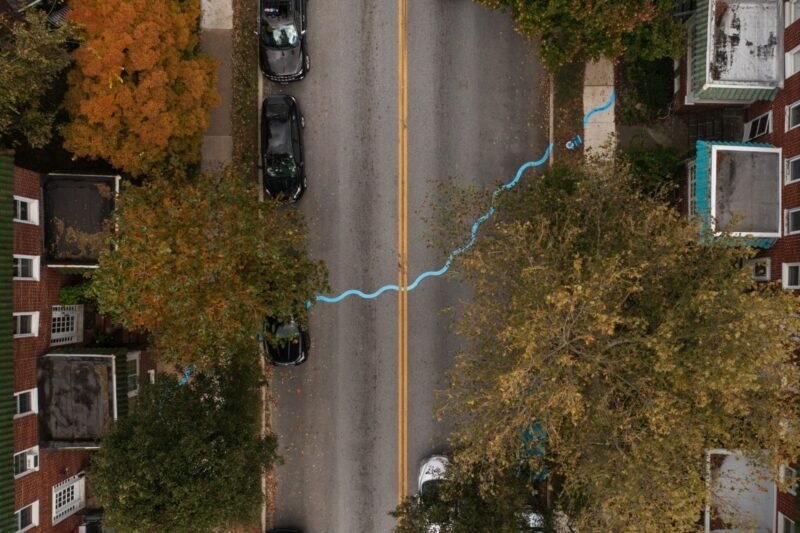Trend 1: Marketing Is Urbanism
In 2010 diverse campaigns broke the straight barrier between public space and brand promotion. Brand exposure goes beyond ordinary advertising and even one step further from guerrilla marketing — it has become an integral part of urbanism, urban planning.

Since a growing number of governments have less money to spend, they need the financial support of world-leading companies to take care of their primary tasks. Brands that are willing to pay for it are increasingly able to sophisticatedly show their message in public space. Urbanism is marketing, as we already knew, but marketing has also proved itself to be a form of urbanism.
More and more marketing initiatives take the urban sphere as their canvas, while urban plans are communicated as if they are sun cream or dog food. With their Fun Theory campaign, Volkswagen seems to brilliantly understand the potential of the daily urban space for marketing purposes. The only thing needed to attract the full attention for your brand is to come up with an unexpected and remarkable project in the public sphere that provides an unorthodox experience, such as the slide that was made in a subway station in Berlin, giving people a fast way down. Or the transformation of a normal staircase into a piano in a subway station in Stockholm, that were not only fun, but also meant to positively influence the behavior of the subway travelers. And it worked: stair use increased by 66%, and, more importantly, the YouTube video was watched more than 13 million (!) times.

A brilliant example of completely integrated city-sponsoring are the Barclays Cycle Super Highways and its bicycle hire program in London. Inspired by its Mayor, London tries to catch up with the increasing popularity of cycling in metropolitan areas around the world. (For further elaboration on the cycling trend, check out trend 7 of 2010.) The British consumer bank Barclays has strongly involved itself with this aim. The bank gives name to this cycle super highway system, but also lends its corporate color to the project. As Springwise explains, “Barclays’ effort will forever link its brand in Londoners’ minds with bicycling and sustainability”. Soon, Chicago’s public transportation system will have names such as ‘McDonald’s Line’ and ‘IBM Station’. The Chicago Transit Authority (CTA) is planning to organize an auction for companies enabling them to buy names of subway lines and stations as promotion for their brands. Dubai is already experimenting with sponsored subway station names. Doing so, 10% of the complete construction costs of the subway system were covered.
Cities in general are hot these days, and a lot is written about cities and urban spaces. Brands look for involvement in urban spaces, not in the first place to approach and impress passers-by and locals, but also to find a huge audience on the Internet, since all remarkable projects are featured. Inhabitants are not the only consumers of urban space any more, but brands take the urban space into the cloud. We strongly believe that this trend is going to develop further in the next years.
This article belongs to the Top 10 Trends For 2011. Over the last year we have been writing articles about urban culture and innovations in cities on a daily basis. Reflecting on 2010 and looking into 2011 we have put together a list with ten of the most remarkable trends that we spotted. We would like to deepen them out a little in a series of articles published this week on Pop-Up City.



